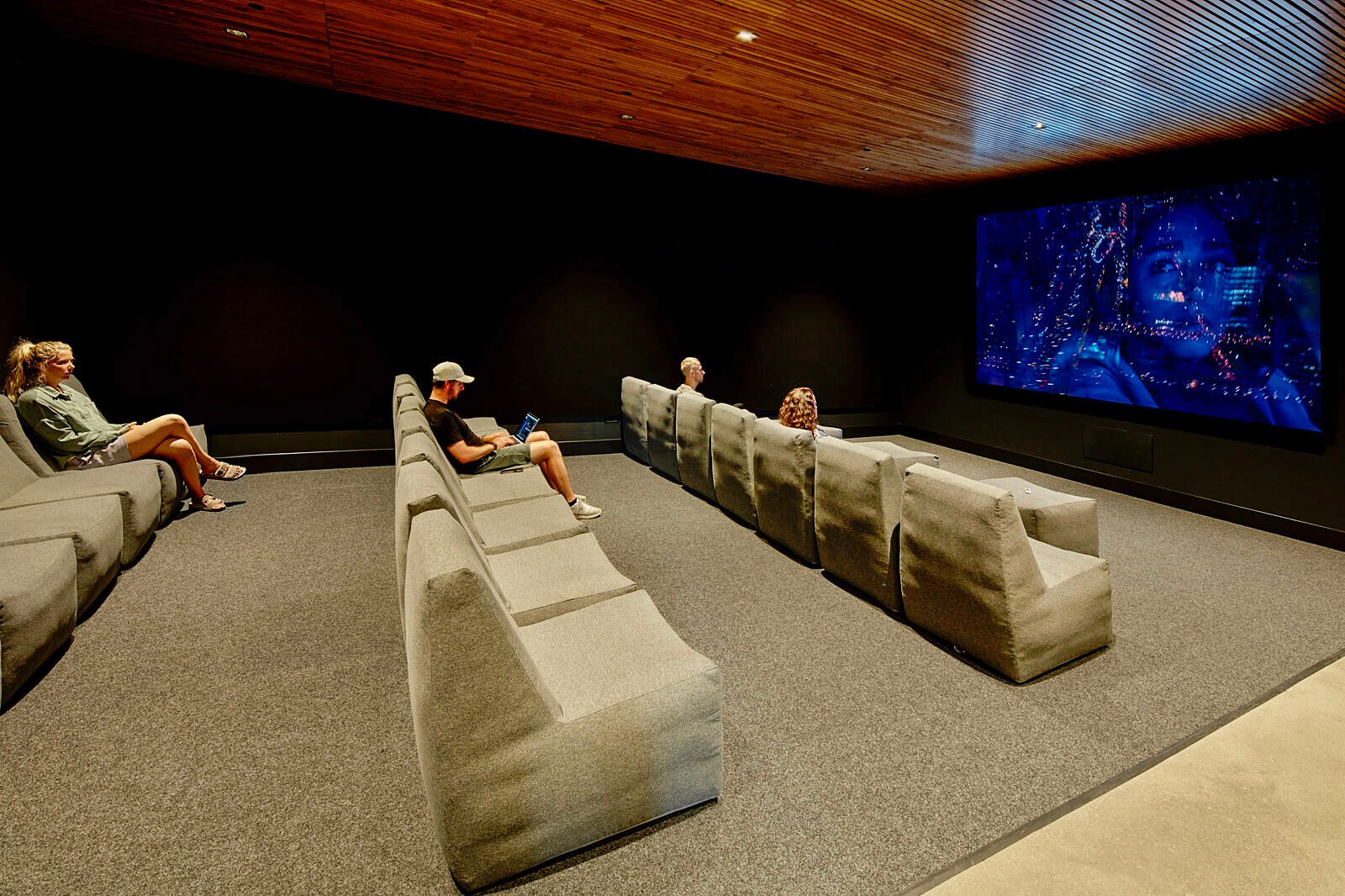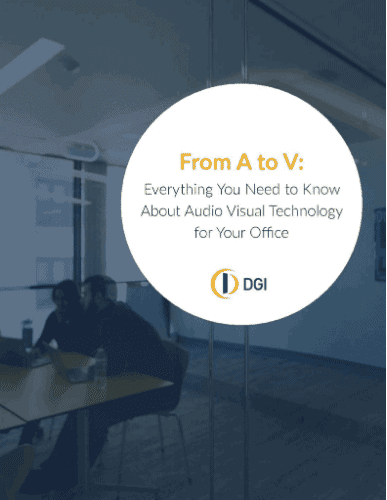If you’re shopping for an LED video wall for your corporate lobby, retail space, or event venue, you’re probably eyeing the big stuff: size, resolution, and price.
But beyond size and resolution, there’s an element of LED technology that’s often overlooked and it plays a critical role in your display’s durability, clarity, and performance.
As a buyer, you’re not just purchasing a display, you’re investing in how your message is delivered, how your brand is experienced, and how your space functions every day.
The challenge? Not all LED technology is created equal. The internal tech, specifically the difference between SMD, COB, MIP and GOB, can drastically affect the quality and long-term value of your investment. And most buyers don’t even know to ask about it…until something goes wrong.
Your Space Deserves the Right Tech.
You’re making a big decision. And you want to get it right.
That means not just buying what looks good on a spec sheet but understanding what will actually work best in your space for your team, your users, and your use case.
The Real Problem? Not All LED Walls Are Built the Same.
When it comes to LED video walls, what’s inside matters just as much as how it looks on day one. The type of technology powering your display can impact everything from long-term reliability to everyday usability.
Choosing the wrong LED tech can lead to:
- Higher maintenance and unexpected costs
- Downtime during events or operations
- Shorter lifespan of your investment
- Disappointment with image quality or durability
You shouldn’t have to settle for an underperforming display. Let’s break this down so you can make a smart, confident choice.
Before we dive into the tech, let’s talk about the basics.
Here’s a quick look at the core components that bring an LED wall to life:
- Pixels: The individual points of light that make up your image
- LED Modules: The pixel panels that display your content, built from clusters of red, green, and blue LEDs
- Cabinets/Panels: The structural framework that houses and supports the LED modules
- Processors/Controllers: The system that delivers and syncs your content across the display
- Pixel Pitch: The distance between pixels—this determines image clarity and ideal viewing distance
What’s Pixel Pitch and Why Does It Matter?
Fine pixel pitch = sharper image, ideal for close-up viewing like in boardrooms, lobbies, or interactive displays
Larger pixel pitch = better for long-distance viewing, like in football stadiums, transportation hubs, or large-format digital signage where viewers are dozens of feet away
Want to dive deeper? Read our full blog on pixel pitch.
Understand Your Options (SMD, COB, MIP, GOB)
So, what’s actually going on behind the screen? Let’s break down the types of LED tech: SMD, COB, MIP, and GOB, and explore how each one affects your space, your budget, and your everyday experience.
SMD (Surface-Mounted Device)
The most common LED technology, where red, green, and blue diodes are mounted directly onto the surface of the circuit board.
What it means for you:
- Solid image quality at a budget-friendly price
- Works well in indoor environments with limited physical contact
- Slightly more vulnerable to damage or pixel wear over time
Best for: Boardrooms, lobbies, or digital signage in low-traffic, climate-controlled spaces
COB (Chip-on-Board)
A newer approach that bonds multiple LED chips directly to the board, creating a seamless surface with no visible gaps.
What it means for you:
- Smooth, continuous image with excellent color uniformity
- Increased durability—resistant to touch and impact
- Slight heat trade-off, but often more energy-efficient over time
Best for: High-traffic areas like retail spaces, transit hubs, or interactive environments
GOB (Glue-on-Board)
Similar to SMD but sealed with a transparent epoxy resin layer for added protection against the elements.
What it means for you:
- Highly resistant to dust, moisture, and impact
- Designed to withstand harsh conditions and frequent handling
- Slight reduction in heat dissipation for the sake of durability
Best for: Rental displays, outdoor signage, or rugged environments where toughness matters
MIP (Micro LED in Package)
An emerging LED format that uses extremely small, tightly packed diodes housed in a protective package for enhanced resolution and performance.
What it means for you:
- Ultra-fine pixel pitch with incredible image clarity
- Strong durability despite compact size
- Typically higher cost, but ideal for premium environments
- Delivers greater brightness levels, making it ideal for well-lit spaces
Best for: High-end applications like luxury retail, executive boardrooms, or any space demanding near-seamless image detail
Don’t Let This Be You
Picture this: You’ve just installed a sleek new LED wall in your entryway. Everything looks great, until someone accidentally bumps into it during a busy event and knocks out a few pixels. Now you’re left with a visible flaw, added repair costs, and a display that’s no longer making the impression you intended.
Had you chosen COB or GOB for that high-traffic area, you could’ve sidestepped the damage, and the headache.
Other Things You’ll Want to Ask About
Mounting & Serviceability – Some LED walls require rear access, which means leaving space behind the wall. Others are front-serviceable, perfect for tight spaces or clean, wall-to-wall installs. Ask your AV partner: Can this be serviced from the front?
Content Management Systems (CMS) – Even the best LED wall needs good content. Tools like Appspace, BrightSign, SpinetiX, Seenspire, and Korbyt help manage messaging, scheduling, and branding, keeping your visuals fresh and on point.
Pro tip: Want your LED wall to pay for itself faster? Start with great content; what you show is just as important as the screen it’s on.
For the Tech Nerds: Gold vs. Copper Bonding
Inside every LED module is the material that connects it all.
Gold bonding offers better conductivity, holds brightness longer, and resists corrosion
Copper is common but degrades faster over time.
If longevity and reliability matter to you, ask about gold bonding. It’s a premium feature that can pay off in the long run.
Ask Better Questions, Get a Better Display
Before signing off on your LED wall, ask these questions:
- What type of LED technology does this use – SMD, COB, MIP, or GOB?
- How will it hold up in my specific space and environment?
- Is it serviceable if something goes wrong?
- How will we manage and update content over time?
Choosing an LED video wall is more than just picking a screen, it’s about matching the right technology to your space, your goals, and how people will actually use the display. When you understand the differences between SMD, COB, MIP and GOB—and how factors like pixel pitch and maintenance access come into play—you’re in a much better position to make a smart, lasting investment.
Want to see the differences in person? We showcase all four technologies – SMD, COB, MIP and GOB right in our Billerica showroom. Join us for a tour and get a firsthand look at how each option performs, feels, and fits in a real-world setting.

